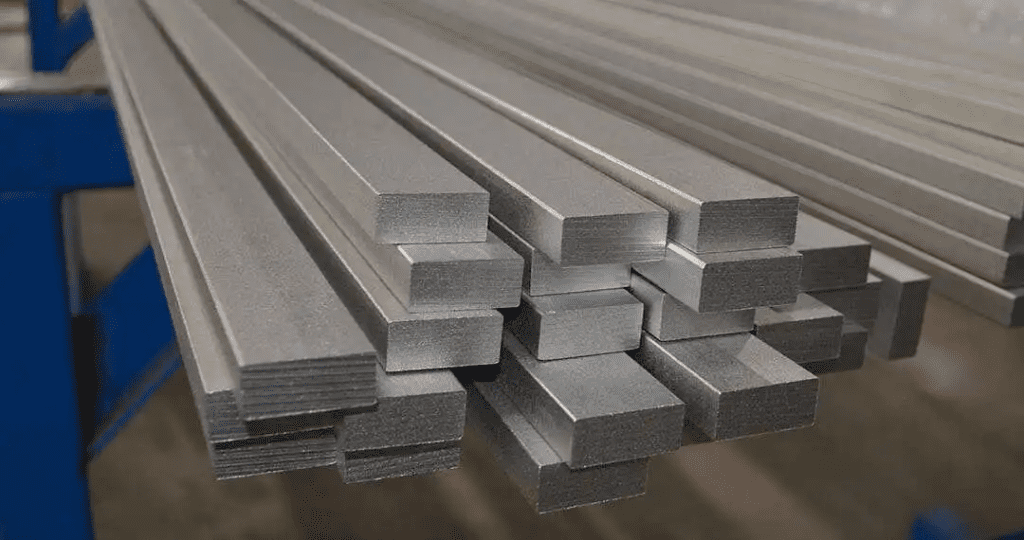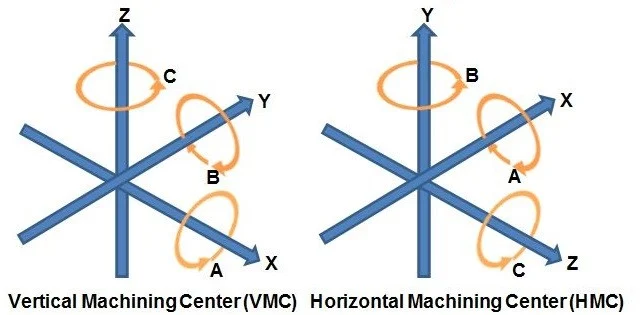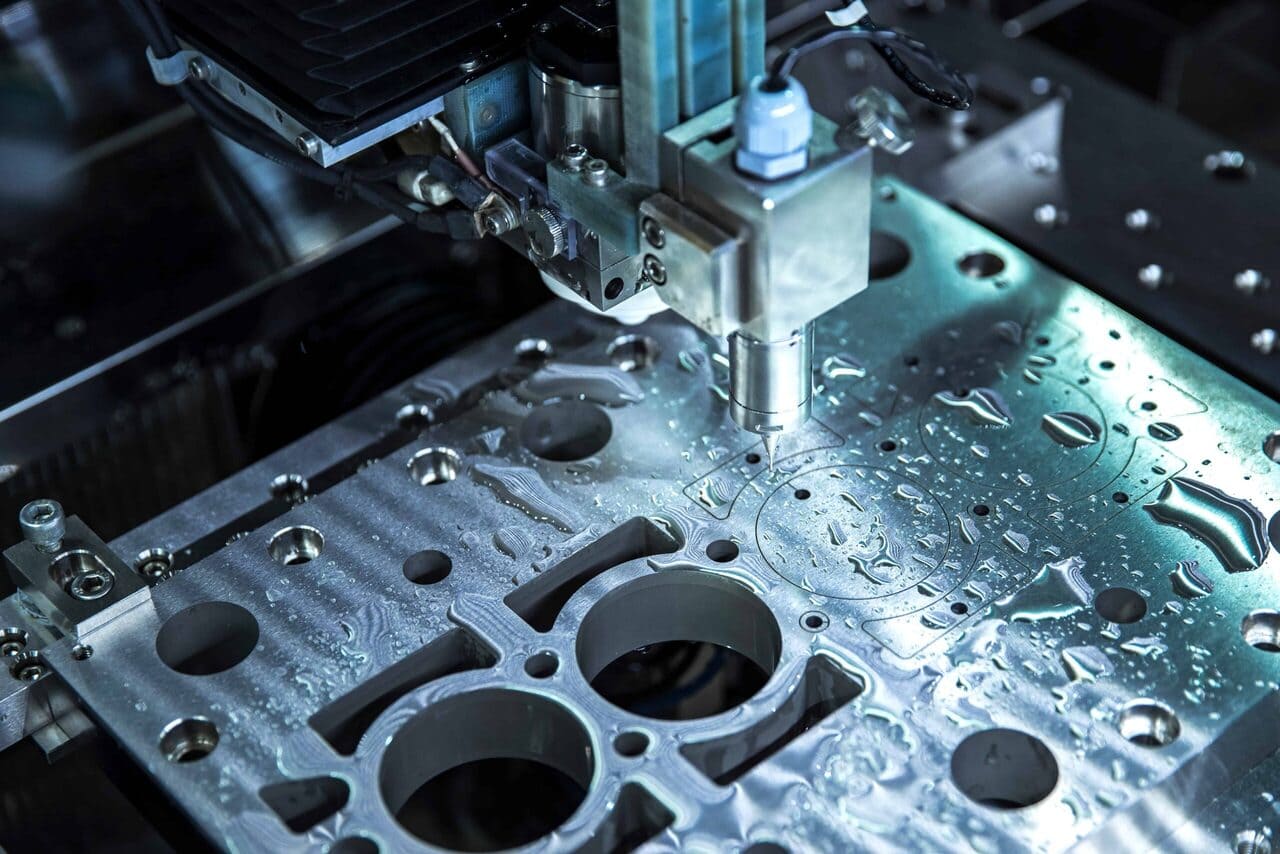CNC machining has become one of the most popular methods of cutting and producing parts and components in the manufacturing industry, as processes with computer numerical control can perform quickly and accurately while offering significant cost savings compared to traditional machining processes. With computer numerical control, automated CNC machines eliminate human errors and ensure faster output.
However, many different types of CNC machines exist, including CNC milling machines, CNC drilling machines, CNC grinding machines, CNC routing machines, and CNC turning machines. Some are also based on the types of cutting methods used, such as CNC machine tools, CNC laser cutters, CNC plasma cutters, CNC waterjet cutters, and CNC electrical discharge machines. It can be challenging for shop owners and fabricators to know which CNC machine type they should use for their specific industry.
In this article, we explain the applications and limitations of the types of CNC machines to help you decide which will best fit your CNC machining operations.
Types of CNC Machines
CNC machines can be divided into two main categories: 3-axis CNC milling machines and multi-axis machines.
A 3-axis CNC machine type can be used for either milling or turning. In contrast, multi-axis CNC equipment has three different classifications:
- Indexed CNC machining 3+2 axis
- Continuous 5-axis CNC machine
- Mill-turning
3-Axis CNC Machines
These are the most common types of CNC machines found in workshops, with some having CNC laser cutters. These machines allow the automatic tool to move relative to the workpiece in three different directions: X, Y, and Z-axis.
The basic nomenclature of these axes is as follows:
- X-axis: left-right
- Y-axis: back-forth
- Z-axis: up-down
There are two types of 3-axis CNC machines: milling machines and turning machines.
CNC Milling Machines
With a CNC milling machine, the workpiece is held stationary over the vice, and materials are removed using special cutting machine tools. These cutting tools are attached to a spindle that rotates at a very high speed along three linear axes: X, Y, and Z.
Benefits:
- Relatively easy to program
- Operates better than other configurations
- Low-cost
Applications:
- Good for producing standard geometries
Limitations:
- Not suitable for applications where two or more combinations of the axes are required to produce the desired shape
CNC Turning Machines (CNC Lathes)
CNC turning machines can produce more volumes of work at a lesser cost per piece than the CNC milling machine. In this case, the workpiece is held stationary on a spindle while a cutting tool machines its external and internal perimeter to attain the required shape. The CNC lathe machine can also drill holes in the center of the workpiece with center drills and internal cutting tools.
Benefits:
- Low cost per unit
- Excellent accuracy
Applications:
- Useful for producing screw threads, plane surfaces, or three-dimensional, complex products
Limitation:
- Can only produce parts in the cylindrical form
|
Buy Certified High-Quality Metals for Industrial Solutions |
||
|
New Aluminum |
New Steel |
New Stainless Steel |
 |
 |
 |
| Reliable supply: Consistent, certified aluminum stock you can trust. High-quality material: Superior-grade aluminum for precision needs. Custom cuts: Accurate cuts down to thousandths of an inch. |
Durability and strength: Reliable for projects needing long-lasting, tough materials. Cost-effective: Quality steel that offers strength without breaking the bank. Custom cutting: Precise cuts tailored to exact needs with top-tier cutting tools. |
Sustainability: Highly eco-friendly as the most recyclable metal on earth. High durability: Resistant to corrosion and wear, ensuring long-lasting performance. Custom precision cuts: Tailored to your specifications with quick, accurate results. |
5-Axis CNC Machine
A 5-axis CNC machine easily overcomes the limitations of a CNC turning machine, some even having CNC plasma cutters. As the name suggests, this CNC type rotates in five directions; X, Y, Z, A, and B. The A-axis is termed the fourth axis and denotes rotation around the bed or the X-axis. Similarly, the B-axis is the fifth axis and denotes rotation around the tool head or the Y-axis.
Benefits:
- Easy to design complex geometries faster due to compound angle positioning
- Lower cycle time to optimize CNC machining costs
- Improved dimensional stability
Applications:
- Parts involving complex shapes and minute clearances like impellers, turbines, intake ports, etc.
Limitations:
- Requires a costly setup and expert operators
It is worth knowing that there are two types of 5-axis CNC machines: the indexed type and the continuous type. The continuous type allows simultaneous movement of all five axes, whereas the indexed type does not offer continuous contact around the A and B axes. It rotates around them, remains stationary during operation, and reorients again for the new cutting location.
Mill Turning CNC Center
Mill-turning CNC centers are equivalent to CNC-turning machines yet have milling capabilities. Thus, it becomes relatively easier to remove materials from the workpiece. The spindle holds the workpiece and can rotate like CNC lathe machines to achieve higher productivity. Mill-turning CNC centers can aim for complex geometrical flexibility like a 5-axis CNC milling machine.
Benefits:
- Reduces clamping times
- Lowers procurement costs
- Saves tool changing time
- Increases process efficiency
Applications:
- These CNC lathes are useful for creating round parts requiring milling or drilling
Limitations:
- Rotation around the z-axis is not possible
7-Axis CNC Machine
Sometimes, designing complex topographies for aerospace and military parts requires rotation around the workpiece or rotation of the tool head. These functions are not available in a 5-axis CNC machine. This is where a 7-axis CNC machine becomes imperative. In addition to all the axes of a 5-axis machine, they offer movement along the Z-axis and arm rotation to save time transferring the workpiece to another machine.
Benefits:
- Rotation around the workpiece
- Saves time on changing machines
- Improves processing speed
Applications:
- Used for designing complex aerospace and military components
Limitations:
- More expensive than 5-axis machines
12-Axis CNC machines
Among all the different types of CNC machines available, a 12-axis CNC machine is the most advanced. These computer-controlled machine tools offer precision CNC machining autonomy without human intervention. They can perform milling, drilling, and cutting operations on light alloys such as aluminum. The best part is that these CNC machines come with two heads: a vertical machining center (VMC) and a horizontal machining center (HMC). Thus, they can achieve precision in 12 different angles, as shown in the figure below.

Benefits:
- Unparalleled design flexibility
- Quick setup changes
Applications:
- Ideal for the most challenging machining process
Limitations:
- Requires a highly sophisticated setup and expert operators
Purchase CNC-Ready Materials from a Reliable Supplier
Industrial Metal Service supplies a wide range of metals commonly used for CNC machining, such as aluminum, titanium, and stainless steel. Our metal sawing services ensure your materials are cut to size to save valuable production time and reduce material waste. Our MetlSaw NF12-T12 can cut 12-inch-thick aluminum plates up to 12 feet long and 12 feet wide, while our Amada PCSAW 530 X band saw with pulse-cutting technology can quickly and precisely cut tough titanium alloys.
 Angle
Angle Cast Plate
Cast Plate Diamond Plate
Diamond Plate Flat Bar
Flat Bar Plate
Plate Round Bar
Round Bar Square Bar
Square Bar Square Tubing
Square Tubing Round Tubing
Round Tubing Angle
Angle Channel
Channel Diamond Plate
Diamond Plate I Beam
I Beam Round Bar
Round Bar Sheet
Sheet Square tubing
Square tubing Round Tubing
Round Tubing Rectangular Tubing
Rectangular Tubing Plate
Plate Rectangular Bar
Rectangular Bar Rectangular Tubing
Rectangular Tubing Round Bar
Round Bar Sheet
Sheet Square Bar
Square Bar Square Tubing
Square Tubing
